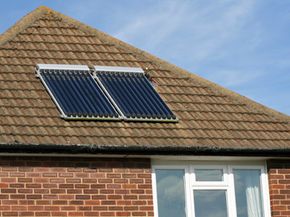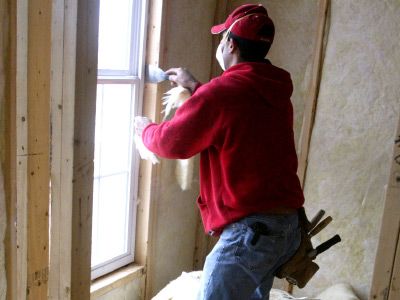In the 1970s, the Organization of Petroleum Exporting Countries (OPEC) refused to export oil to the United States and several other countries. The embargo touched off an energy crisis reflected by oil shortages, long lines at gasoline stations, higher prices and a global economic recession that lasted for several years. To relieve the pressure of higher heating costs on the household budget, people began to experiment with solar power to cut costs.
As a result of today's higher fuel prices, supply disruptions and increased global competition for dwindling fuel oil supplies, the cost of heating your home has risen -- sometimes dramatically -- over the past few winters. Now that Congress is considering imposing an energy tax through cap-and-trade CO2 emission restrictions, you might be looking for alternative methods to heat your home.
Advertisement
Building a new, passive solar house or investing in an extensive solar retrofit of your existing home might not be within the capacity of your budget. But there is a relatively simple and inexpensive solar add-on that lets you make use of free solar thermal energy to supplement your existing heating system and reduce your energy use. This magic bullet is a solar air heater.
In this article, we'll explain what a solar air heater is and how you can make the best use of it to cut your heating costs.

